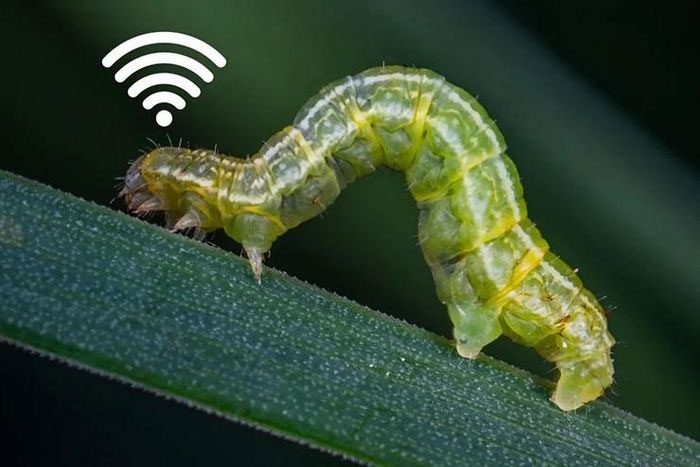The neurons in the Caenorhabditis elegans worm communicate like Wi-Fi.
In a discovery that could rewrite biology textbooks, scientists have revealed that the communication system of the Caenorhabditis elegans worm allows it to transmit signals over long distances, beyond traditional synaptic connections.

The Caenorhabditis elegans worm has a Wi-Fi-like communication system.
This finding was published in the prestigious journal Nature, fundamentally re-evaluating how we understand neural communication. Imagine a network of people communicating not just through wired telephones but also using shortwave radio waves to communicate over long distances without direct physical connections.
This is what researchers have discovered in the nervous system of the Caenorhabditis elegans worm. The study, led by teams from Princeton University and the MRC Laboratory of Molecular Biology in Cambridge, utilized techniques such as optogenetics to stimulate and monitor neural signal transmission in these worms.
The results were surprising as they found a significant portion of neural communication occurs outside the pathways established by synapses, and they also discovered that a considerable amount of neural communication does not follow the routes laid out by synaptic connections, resembling Wi-Fi connections.
In the context of Elon Musk’s Neuralink beginning trials with human subjects, the discovery of communication in these worms is particularly intriguing. The key to this remote communication system lies in neuropeptides, small molecules released by neurons.
This discovery not only sheds light on unknown aspects of the Caenorhabditis elegans brain but also raises fascinating questions about whether similar mechanisms exist in other organisms, including humans.
The implications of this finding are substantial as it could significantly enhance our understanding of neuroscience and the development of treatments for neurological disorders, potentially changing how we perceive signaling in the brain.
Even though this research is still in its early stages, it promises to open new pathways in the study of the brain and its complex communication networks. Could similar neural communication systems exist in the human brain? How might this affect our understanding of neurological diseases and their treatments? The key may lie in the Wi-Fi of the Caenorhabditis elegans neurons.





















































